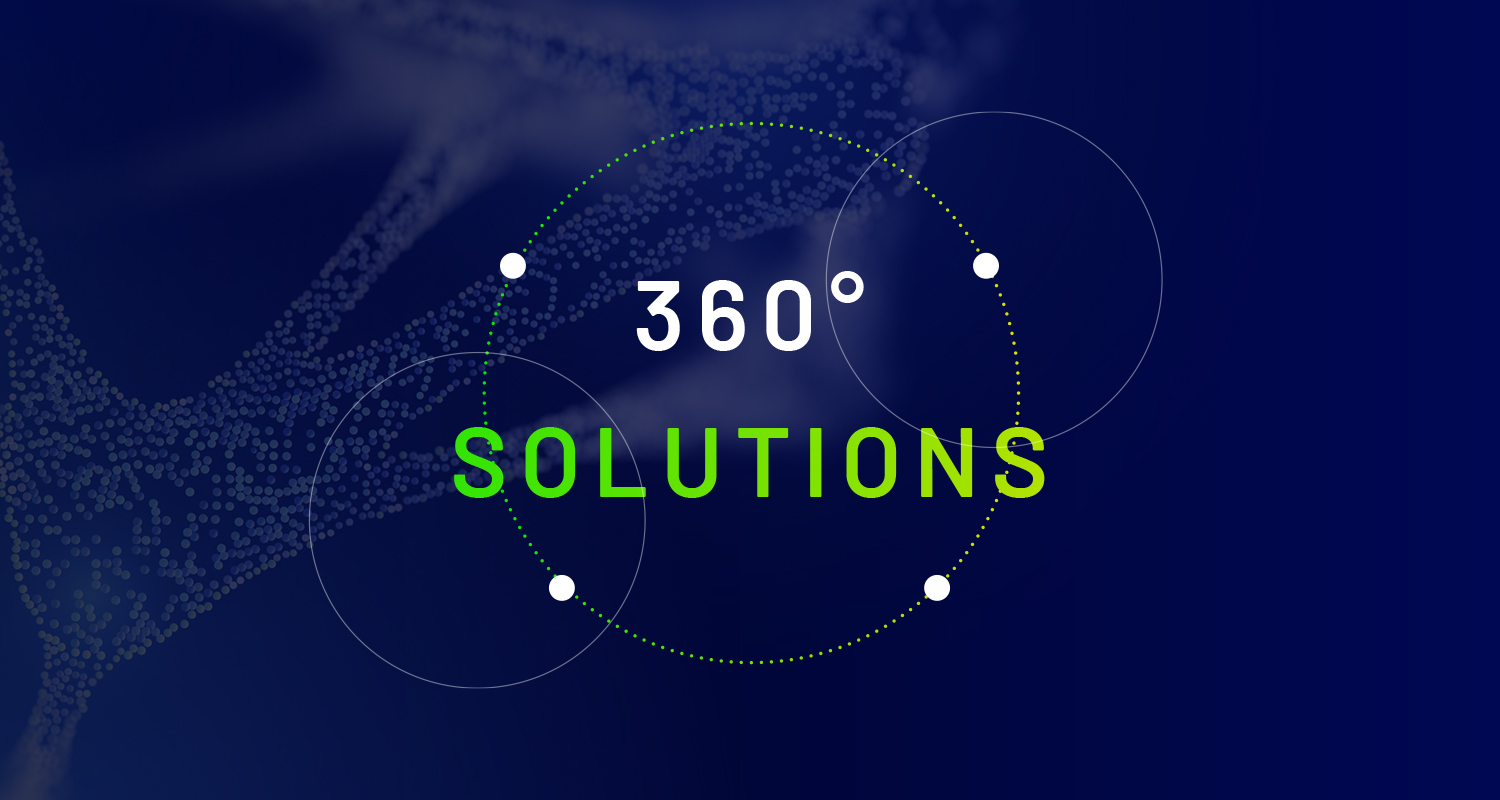01.06.2023
Teilen

For service providers, the currently most explosive topics such as cybersecurity, sustainability, AI and demographics offer great opportunities, but also challenges, which numerous experts discussed at the Service Provider Summit in Bonn at the beginning of May.
Peter Hartl, CEO of synaforce, summarises the insights for data centre operators with regard to sustainability and efficiency.
Efficiency and sustainability in data centres
Data centres are the backbone of digitalisation, and the demand for central computing power is increasing. Thus, more and larger data centres are being built, and at the same time the demand for electricity and natural resources is growing.
This trend will continue in Germany in the coming years. One of the challenges here is to keep the impact on the environment as low as possible. The German economy is strongly committed to climate protection and even wants to exceed the political goals and be climate-neutral as early as 2030.
Data centres are not only the backbone of digitalisation, but also one of the largest electricity consumers worldwide. The goal of operating the facilities more efficiently and significantly improving their environmental balance also offers potential savings. The optimisation of efficiency and sustainability in data centres can take place at various levels, starting with the IT infrastructure and extending to cooling and energy management.
To improve the environmental balance of data centres, there are many adjusting screws.
One of the most important: the IT systems, since they not only consume electricity themselves, but also produce waste heat, the cooling systems and the energy consumption.
but also produce waste heat, which cooling systems have to dissipate at great expense. One starting point is the virtualisation of servers and storage, in which several virtual systems are operated on one physical server or storage device. This leads to better utilisation of resources and thus to a reduction in energy consumption.
The task is to identify optimisation potential and to operate the data centre more efficiently. To do this, data centre operators need real-time insights into the utilisation and power consumption of their IT systems in order to assess how efficiently the servers, storage arrays and network devices are working, to identify potential savings, to record performance and consumption values in detail and to automate energy and thermal management.
A large part of the power consumption of data centres is due to their cooling. Fewer systems mean less heat generation and therefore less cooling - so a lot of power can be saved by consolidating the IT infrastructure, optimising the so-called design of the data centre, and optimising the workload of the systems. By optimising IT workloads and capturing and analysing workload characteristics as well as performance details, a better understanding of performance can be developed and optimisation potential can be identified. By identifying inefficient workloads, they can be optimised or consolidated to reduce energy consumption.
Modern cooling concepts with higher temperature levels and separate air flows for cold and warm air also improve efficiency enormously. Temperature measurements along the racks help identify hot spots and cold spots and arrange the systems so that they are best reached by the cooling airflow.
Capturing workload characteristics and performance details is an issue that most IT departments shy away from due to complexity or resources. This often leads to over-design, unnecessary spending and frustration among teams. Collecting, analysing and using data about one's IT environment and workloads helps to develop a better understanding of workload performance and identify optimisation opportunities. Data on the utilisation and power consumption of systems also makes it possible to focus on concrete measures to improve performance and enable consolidation of the IT infrastructure, because those who save space in the rack save energy twice: in the systems themselves and in their cooling.
Sustainability in the data centre also means using resources according to demand. Overprovisioning is a widespread problem. Intelligent services and resources for a consistent cloud infrastructure for clients can be scaled individually and according to need and reduce excess capacities.
In conclusion, we can say that SMEs are looking for companies and partners that can deliver very individual services on an equal footing when it comes to IT services, especially in the data centre environment. As the HARTL Group, we have been focusing on this for more than 10 years and are now joining forces with other "like-minded" companies in order to be able to meet the growing demands of our customers, especially in sensitive industries, for consulting, security, green IT and individual solutions in the long term.